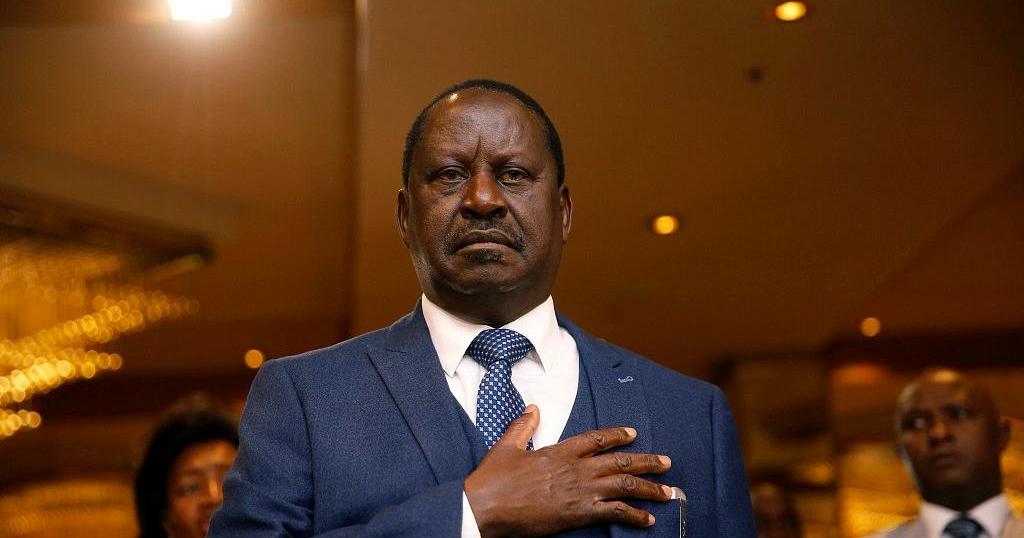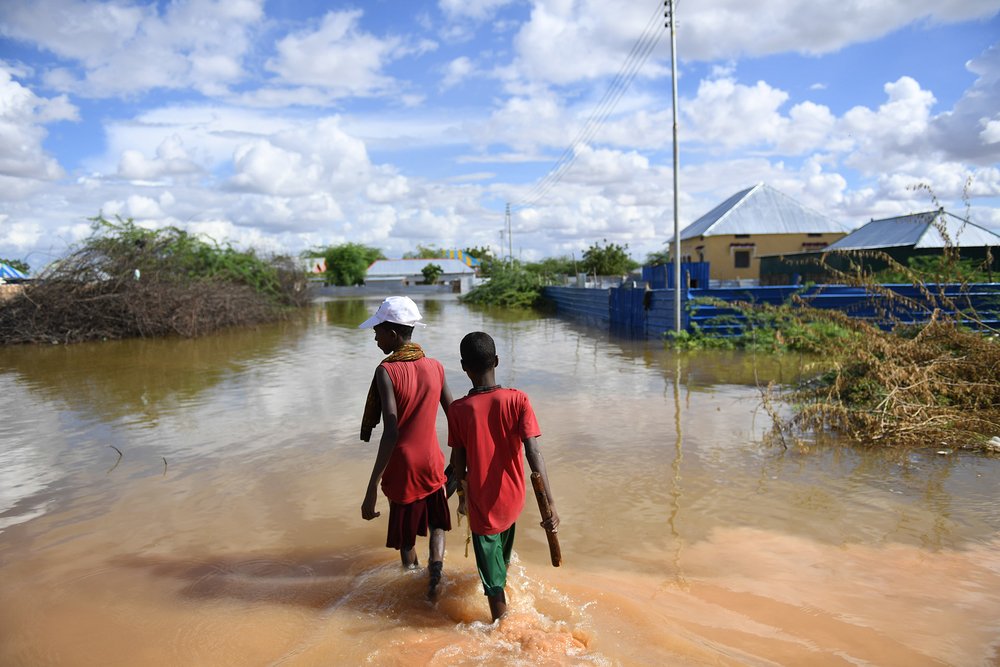On a chilly Friday morning, August 14, 1992, veteran politician Masinde Muliro died at Jomo Kenyatta International Airport. His sudden death shocked the nation, sending political tremors across Kenya. Many questions arose, and speculations swirled, but nearly 30 years later, the mystery remains unsolved.
The Political Landscape Before His Death
Masinde Muliro was a key figure in Kenya’s second liberation. He was at the center of the fight for democracy, playing a crucial role in the formation of the Forum for the Restoration of Democracy (FORD). This party brought together icons such as Jaramogi Oginga Odinga, Kenneth Matiba, Charles Rubia, and Martin Shikuku. However, cracks soon developed within FORD, as leaders jostled for the presidential ticket ahead of the 1992 elections. Muliro, a moderate voice, was keen on keeping the party united.

Muliro’s political career spanned decades, dating back to the pre-independence struggle. As a staunch advocate for multiparty democracy, he had endured political harassment, detentions, and intimidation from successive regimes. His vision for Kenya was centered on inclusivity, fairness, and economic empowerment for marginalized communities. He was a firm believer in policy-driven governance and often sought consensus among competing political factions.
The Unplanned London Trip
On August 10, 1992, Masinde Muliro made a sudden decision to travel to London. The trip was arranged by FORD’s UK chapter, led by Joseph Githari, in a bid to broker unity among the opposition leaders. However, Muliro’s campaign team, including his close allies Jotham Mukuri and the late Michael Kijana Wamalwa, were unaware of the trip. His son, Mukasa Mambo, later admitted that even Muliro himself had not been sure whether he would travel.
Despite last-minute hesitations, he eventually left for London, accompanied only by Honorable Kambo. The trip was brief, and by August 13, 1992, Muliro was on his way back to Kenya.
It remains unclear what transpired during his stay in London. Some sources claim that he met high-profile diplomats and political strategists who were concerned about Kenya’s transition to democracy. Others suggest that Muliro was warned of potential dangers back home. These speculations have fueled debates over whether his trip had anything to do with his subsequent death.
The Mysterious Death
On the morning of August 14, 1992, Masinde Muliro collapsed while in the queue at Jomo Kenyatta International Airport’s immigration desk. Witnesses, including Hon. Kambo, recalled that Muliro had been in good health throughout the journey. He had eaten well, walked unaided, and had no signs of illness. Yet, in a shocking moment, he fell to the ground and never regained consciousness.
Efforts to revive him were unsuccessful. A white man, who identified himself as a doctor, attempted to resuscitate him but to no avail. Muliro was declared dead on the spot. His unexpected demise left his family, political allies, and the entire nation in shock.
Accusations and Conspiracy Theories
Muliro’s death sparked numerous conspiracy theories. Some accused his family, particularly his wife Demascia and son Mambo, of involvement in his demise. These allegations, though baseless, caused immense distress to the family. Muliro’s personal physician, Professor Arthur Obel, also found himself under scrutiny.
One of the most controversial aspects of the case was the signing of the death certificate. Professor Obel declared that Muliro had suffered cardiac arrest without conducting an autopsy. This raised suspicion, with many questioning how he could determine the cause of death without an examination. The Medical Regulatory Board summoned him to explain his actions, but the mystery deepened when he later refused to speak on the matter.
Some theories suggested that Muliro had been poisoned during his London trip or even mid-flight before landing in Nairobi. Others claimed that he may have been subjected to a slow-acting toxin that triggered a heart attack upon arrival. However, without a proper postmortem, these claims remain speculative.
The Postmortem Controversy
Following Muliro’s death, there were calls for a postmortem examination. The opposition, eager to uncover the truth, insisted on an autopsy. However, Muliro’s family, led by his widow, opposed the idea. His wife stated that she did not want her husband’s body to be cut.
The opposition’s attempts to arrange for a postmortem were blocked when it was discovered that the body had already been embalmed at Lee Funeral Home. This revelation further fueled suspicions, with many questioning why the body was preserved before an autopsy could be performed.
Analysts argue that the embalming of the body was a strategic move to prevent further investigations. Some believe that if foul play was involved, the perpetrators ensured that no forensic evidence would be available to prove it.
The Political Fallout
Masinde Muliro’s death marked the beginning of the end for FORD. Without his unifying influence, the party split into FORD-Kenya, led by Jaramogi Oginga Odinga, and FORD-Asili, led by Kenneth Matiba. This division weakened the opposition, paving the way for President Daniel arap Moi’s re-election in the first multi-party elections held in December 1992.
Had Muliro lived, many believe he would have held FORD together, increasing the opposition’s chances of defeating Moi. His death was not just a loss to his family and supporters but a turning point in Kenya’s political history.
Beyond the election, Muliro’s absence had a lasting impact on Kenya’s governance. His ability to bridge ideological gaps was unmatched, and his death left a vacuum in the political landscape. His fellow leaders struggled to maintain cohesion, leading to further fragmentation in the opposition ranks.
Who Killed Masinde Muliro? The Unanswered Questions
Several questions remain unanswered regarding Masinde Muliro’s death. Why was no autopsy conducted? Why was his body embalmed so quickly? Who benefited most from his death? If there was foul play, was it a domestic or international conspiracy? These are questions that continue to haunt historians, political analysts, and Kenyans at large.
Investigations into political assassinations in Kenya have often been inconclusive. The lack of thorough forensic analysis and government interference in critical cases have left many mysteries unsolved. Muliro’s case is no different. As years pass, the chances of uncovering the full truth diminish, but the quest for justice remains.
His Legacy

Masinde Muliro was a respected leader, a freedom fighter, and a firm believer in democracy. In life, he was a giant in Kenya’s political arena. In death, he was laid to rest under a massive indigenous podo tree in his home in Sibanga, Cherangany. The tree, which had been there since he moved to the land in 1966, still stands—perhaps a symbol of the democracy he fought for.
His legacy lives on through various institutions named after him, including Masinde Muliro University of Science and Technology. His name is synonymous with the struggle for democracy, and his contributions continue to inspire new generations of leaders.
Today, nearly three decades later, many still wonder—what really happened to Masinde Muliro? Was it a natural death, or was there foul play? The truth remains buried with him, but his impact on Kenya’s political landscape lives on.
























